In the digital age, screen protectors have become more than just a protective layer; they’re a shield against the unexpected, ensuring our devices remain pristine and functional. With the global smartphone screen protector market expected to reach a staggering USD 84.96 billion by 2030, growing at a Compound Annual Growth Rate (CAGR) of 6.9% from 2023 to 2030, it’s evident that these seemingly simple accessories play a pivotal role in our tech-driven lives. This growth is not just about numbers; it’s a testament to the trust users place in screen protectors to safeguard their investments from high-impact drops, scratches, and the everyday wear and tear.
Table of Contents
Crafting the shield: the protector materials
The quartet of quality: the 2024 elite
Consumer compass: the modern preferences
Final thoughts
Crafting the shield: the protector materials
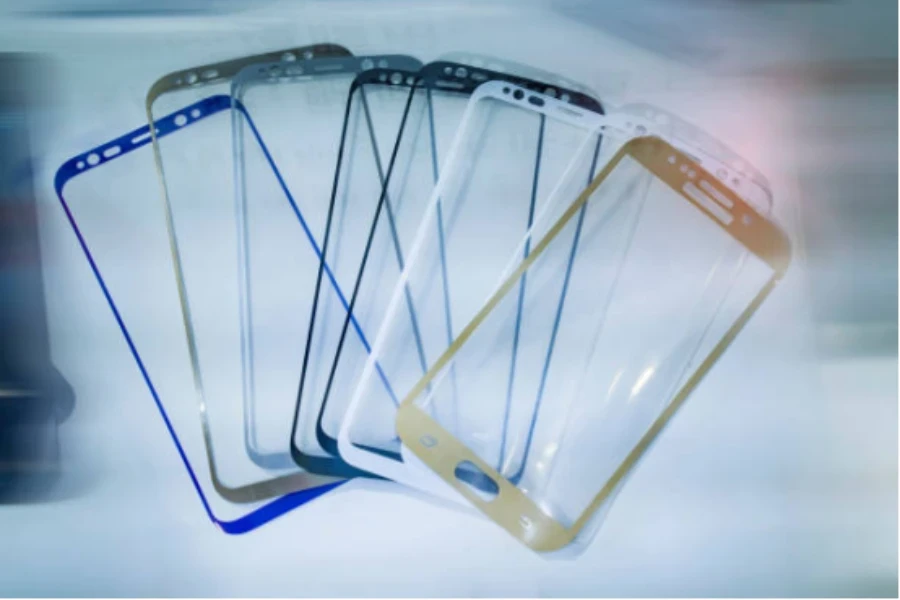
Material evolution
The journey of screen protectors is a testament to technological evolution. In the early days, rudimentary plastics served as the primary protective layer for screens. These initial protectors, while providing a basic shield against scratches, lacked the durability and clarity that today’s users demand. Over time, as the need for more robust protection grew, so did the materials used. The transition from basic plastics to tempered glass marked a significant leap. This glass, known for its enhanced durability, offered users a clearer view of their screens without compromising on protection. By the late 2010s, the market saw the introduction of advanced composites, materials that combined the best of plastics and glass, offering flexibility, clarity, and strength.
Material mastery of 2024’s protectors
Fast forward to 2024, and the materials used in screen protectors have reached new heights. The cutting-edge materials of today are not just about protection; they’re about enhancing the user experience. For instance, the Spigen Glas.tR EZ Fit Tempered Glass Screen Protector, a popular choice among users, is celebrated for its clarity and strength. This protector is made of high-quality tempered glass that ensures maximum scratch resistance, a feature corroborated by Mohs hardness tests. Another noteworthy material in the spotlight is aluminosilicate glass, known for its superior scratch resistance and durability. This material, while similar to tempered glass in many ways, offers enhanced protection against drops and impacts. As the digital age progresses, the demand for screen protectors that can withstand the rigors of daily use while offering crystal clear visuals continues to grow. The materials of 2024, with their blend of durability and clarity, are more than up to the task.
The quartet of quality: the 2024 elite
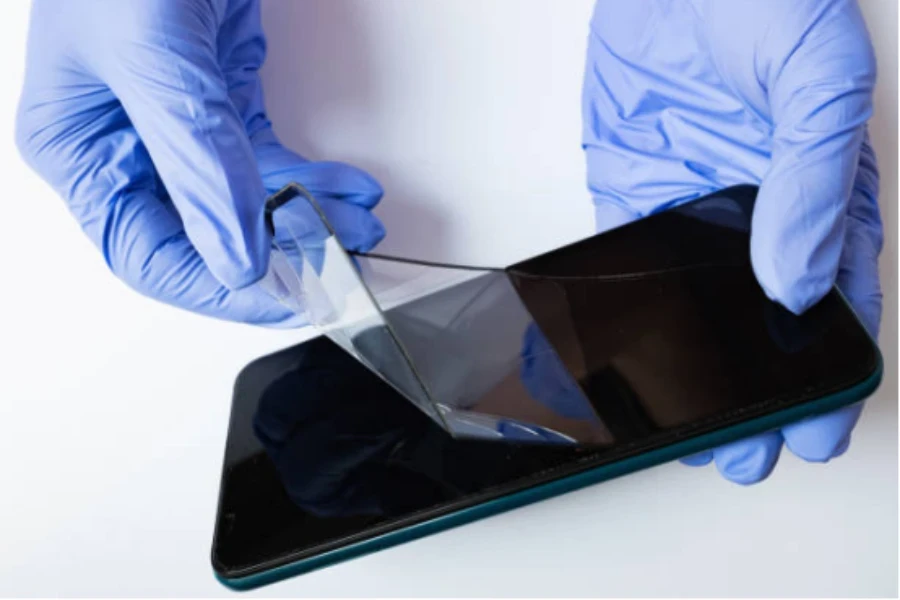
Features that set them apart
In the ever-evolving world of technology, the screen protector has become more than just a shield; it’s an emblem of innovation. One standout in this realm is the Spigen Glas.tR EZ Fit Tempered Glass Screen Protector. Not only does it offer top-tier protection, but its foolproof installation system sets it apart from the competition. This protector covers the iPhone’s front-facing cameras, ensuring maximum protection without compromising on functionality. Its clarity is unparalleled, ensuring that users get the best visual experience. Moreover, its resistance to scratches is commendable, with tests indicating a hardness level between 7 and 8 on the Mohs scale. This is a testament to its robustness, ensuring that the screen remains pristine even when faced with potential threats like keys.
Another noteworthy contender is the amFilm OneTouch Glass Screen Protector. Comparable in quality to the Spigen protector, it offers excellent glass quality and coverage. The slight difference lies in its applicator tool, which, while still superior to many, doesn’t match up to Spigen’s ease of use. However, in scenarios where the Spigen protector might be unavailable or priced higher, the amFilm protector emerges as a reliable alternative.
Balancing durability with sensitivity
The modern screen protector faces a unique challenge: offering robust protection while maintaining touch sensitivity. It’s a delicate balance, one that top manufacturers have managed to achieve. The Spigen Glas.tR EZ Fit, for instance, offers impeccable scratch resistance without compromising on touch responsiveness. Users can expect a seamless touch experience, with the protector recognizing even the slightest brush of a finger. This sensitivity is crucial, especially in an era where touchscreens are used for a myriad of tasks, from professional work to casual browsing.
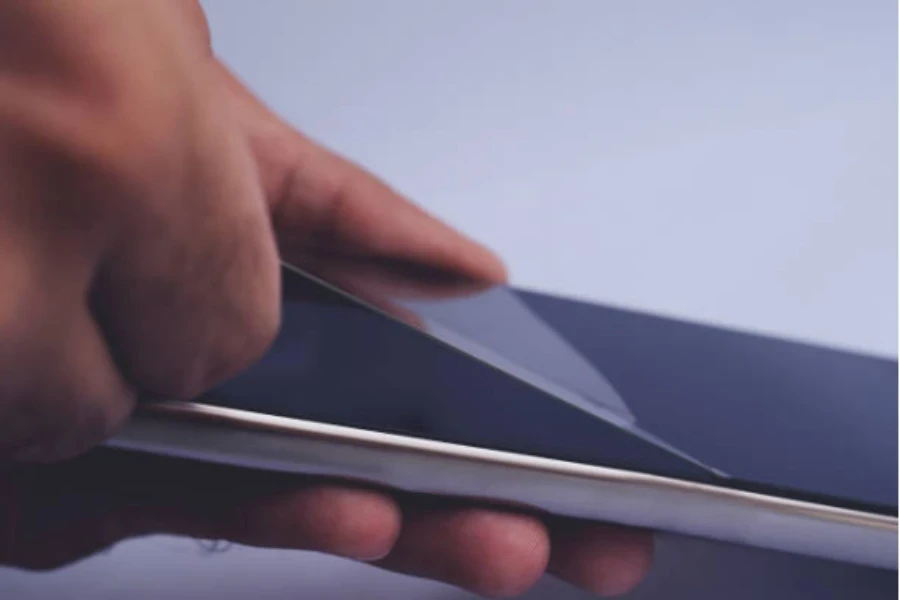
However, it’s essential to note that while these protectors offer an added layer of defense, they aren’t impenetrable shields. As Matt Ham from Computer Repair Doctor points out, a screen protector’s primary role is to provide an additional layer of defense. It’s not an invincible barrier but rather a supplementary guard against potential threats. This perspective is crucial for retailers and business professionals to understand, ensuring that they set the right expectations for their customers.
In conclusion, the screen protector industry in 2024 is characterized by innovation, quality, and a deep understanding of user needs. The top protectors in the market, like those from Spigen and amFilm, exemplify these traits, offering users a blend of protection, clarity, and touch sensitivity. As the digital age progresses, one can only expect these products to evolve further, setting new benchmarks in quality and functionality.
Consumer compass: the modern preferences
More than a barrier
Today’s consumer is a complex navigator in the sea of retail, especially when it comes to protecting their digital lifelines. It’s no longer just about guarding a screen from scratches; it’s about an integrated experience. For instance, consumers are drawn to added functionalities such as anti-glare and blue light filtering, features that cater to both device longevity and user health. The OtterBox Alpha Glass series stands out in this regard, offering both these benefits while maintaining crystal clear image quality.
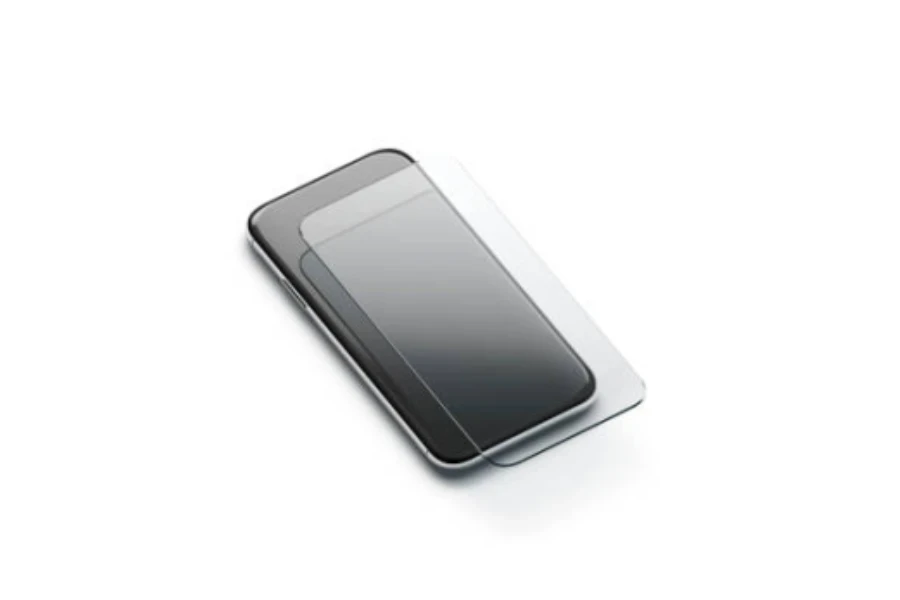
Brand trust also plays a pivotal role. A Nielsen report highlights that nearly 70% of buyers are inclined towards brands they trust, even in a crowded marketplace. This sentiment is particularly strong in the screen protector segment, where consumers often rely on brand reputation to gauge product quality, bypassing the hassle of sifting through a myriad of options.
The price of protection
Value perception is a nuanced art in the retail sphere. It’s not just the price tag; it’s what the price tag represents. Consumers are willing to invest more for a screen protector if they perceive higher value, which can stem from durability, brand prestige, or additional features that enhance their daily digital interaction. However, affordability still governs decision-making for a significant segment of buyers. The ZAGG InvisibleShield lineup addresses this by offering a range of products that balance cost and quality, providing options for budget-conscious consumers without compromising on essential features.
Interestingly, the concept of value extends to post-purchase services. Warranty and customer service are part of the value equation, and brands like BodyGuardz have gained consumer loyalty with programs like their Advantage Program, which offers easy, cost-effective screen protector replacements.
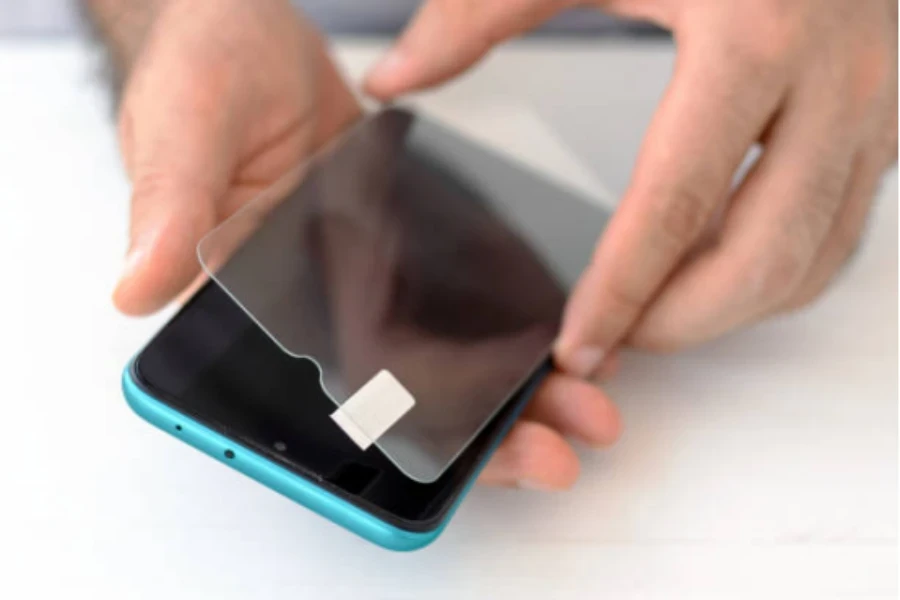
In this landscape, understanding the multifaceted nature of consumer preferences is crucial for retailers. It’s not just about offering a product; it’s about presenting a holistic solution that resonates with the modern buyer’s intricate wishlist.
Final thoughts
The 2024 landscape of screen protectors is a testament to the ever-evolving demands of modern consumers. Today’s consumers are looking beyond mere functionality. They seek added features, technological advancements, and even brand reputation when choosing their screen protectors. Moreover, the balance between quality and cost remains a pivotal factor in their purchase decisions, with tempered glass emerging as a preferred material due to its superior damage-prevention capabilities. As online retailers gear up to cater to these nuanced preferences, understanding these dynamics becomes paramount.




